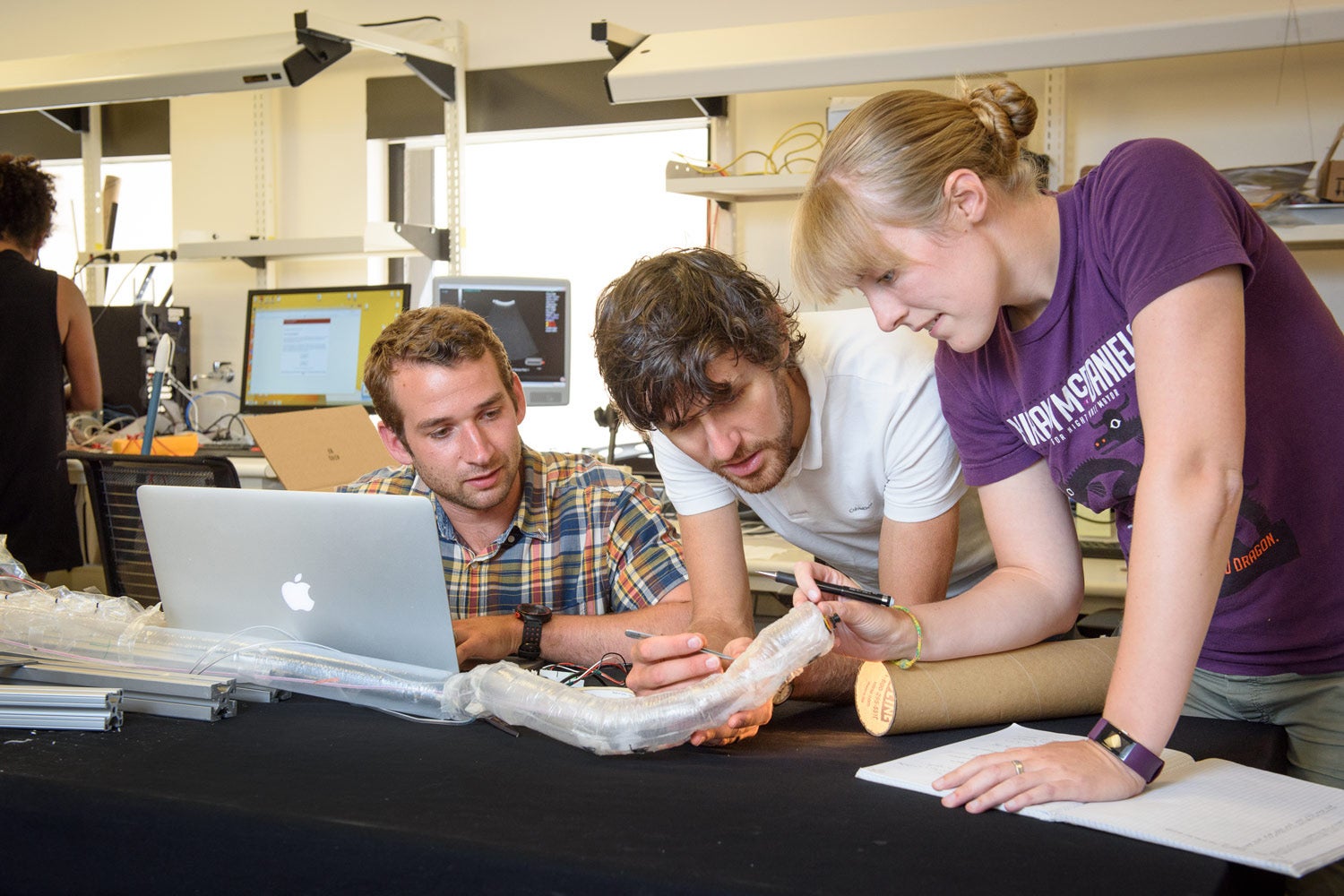Rhinocrates
ACCESS: Top Secret
- Joined
- 26 September 2006
- Messages
- 2,112
- Reaction score
- 4,509
Aerospike engines offer a great deal of flexibility in the environments that they can be used compared to bell nozzles but managing heat on the spike itself is tricky.
Here's a quick look at using AI to design an aerospike that can cool itself more effectively and additive manufacturing (3-D printing) to build it. It still needs testing to see if it actually works and is economical but my, what a piece of sculpture.
View: https://www.youtube.com/watch?v=Cms_v_OUXco
Further links under the video, such as

 www.eos.info
www.eos.info
Mods, feel free to move this to an existing thread - I couldn't find one that suited it exactly.
Here's a quick look at using AI to design an aerospike that can cool itself more effectively and additive manufacturing (3-D printing) to build it. It still needs testing to see if it actually works and is economical but my, what a piece of sculpture.
Further links under the video, such as

Additive manufacturing for space propulsion
EOS and Hyperganic: design process for additive manufacturing with algorithmic model. 3D printed aerospike engine
Mods, feel free to move this to an existing thread - I couldn't find one that suited it exactly.



